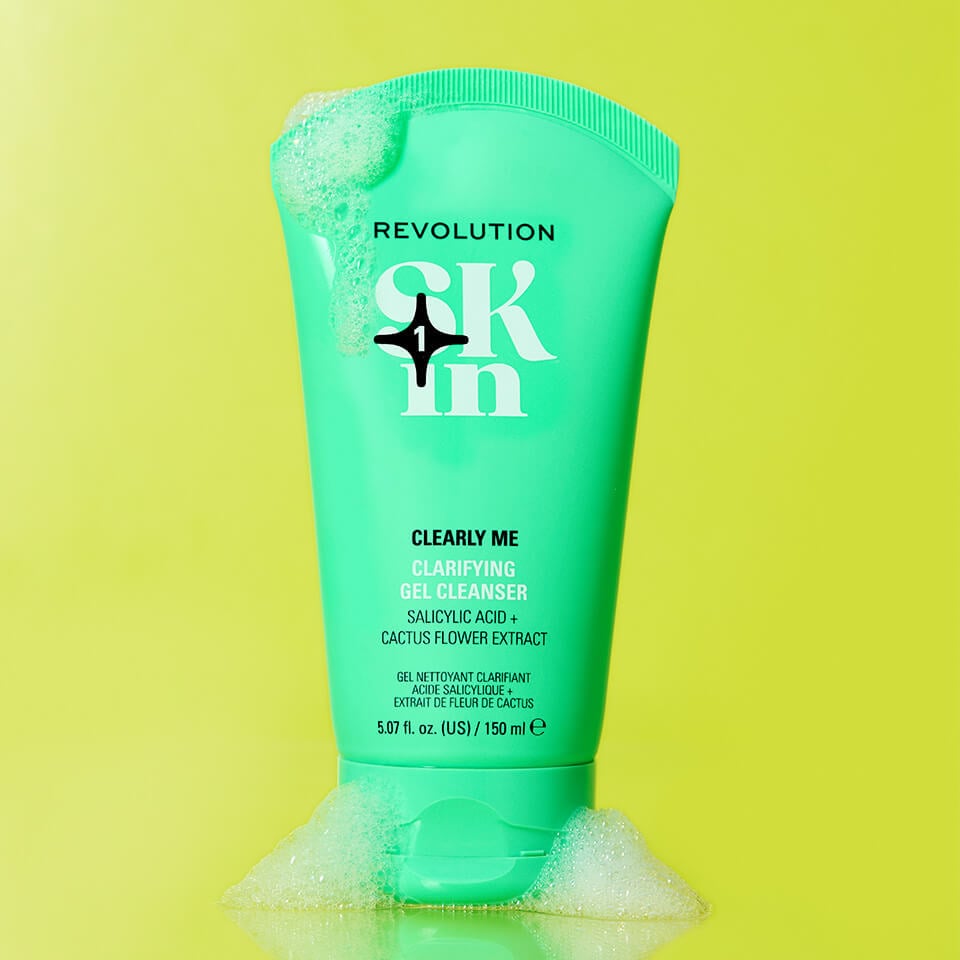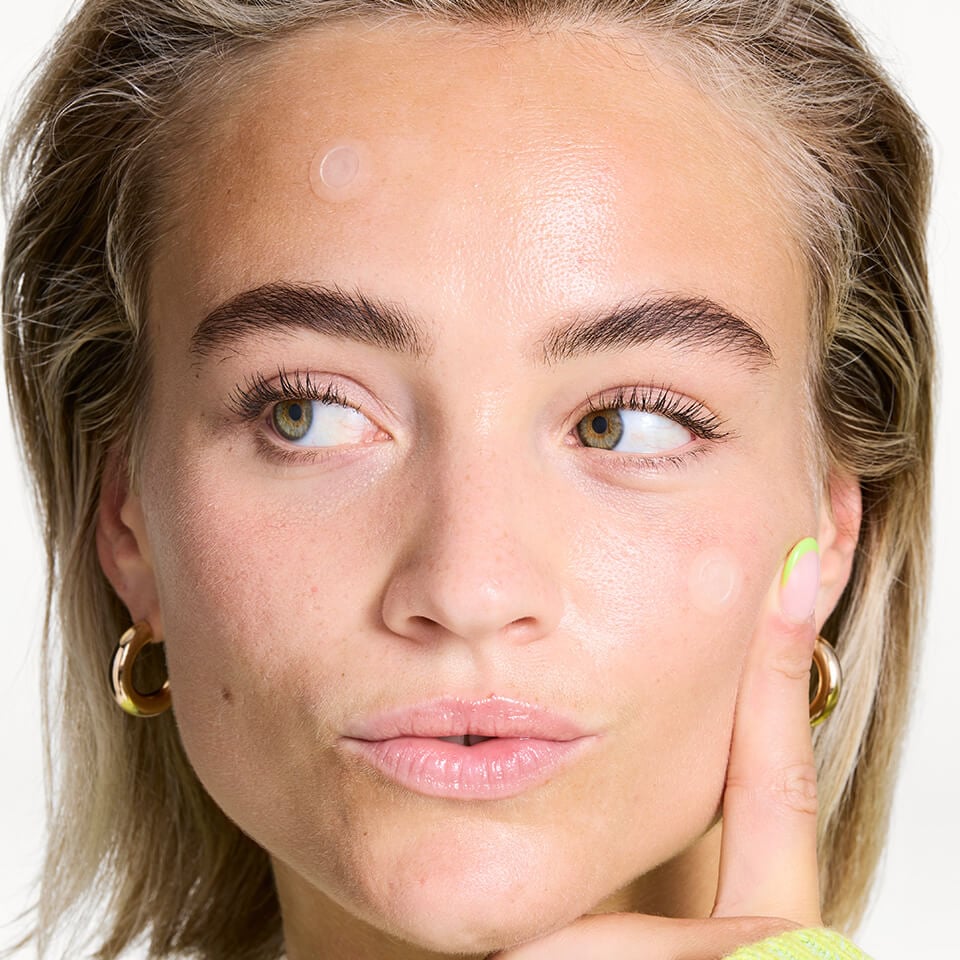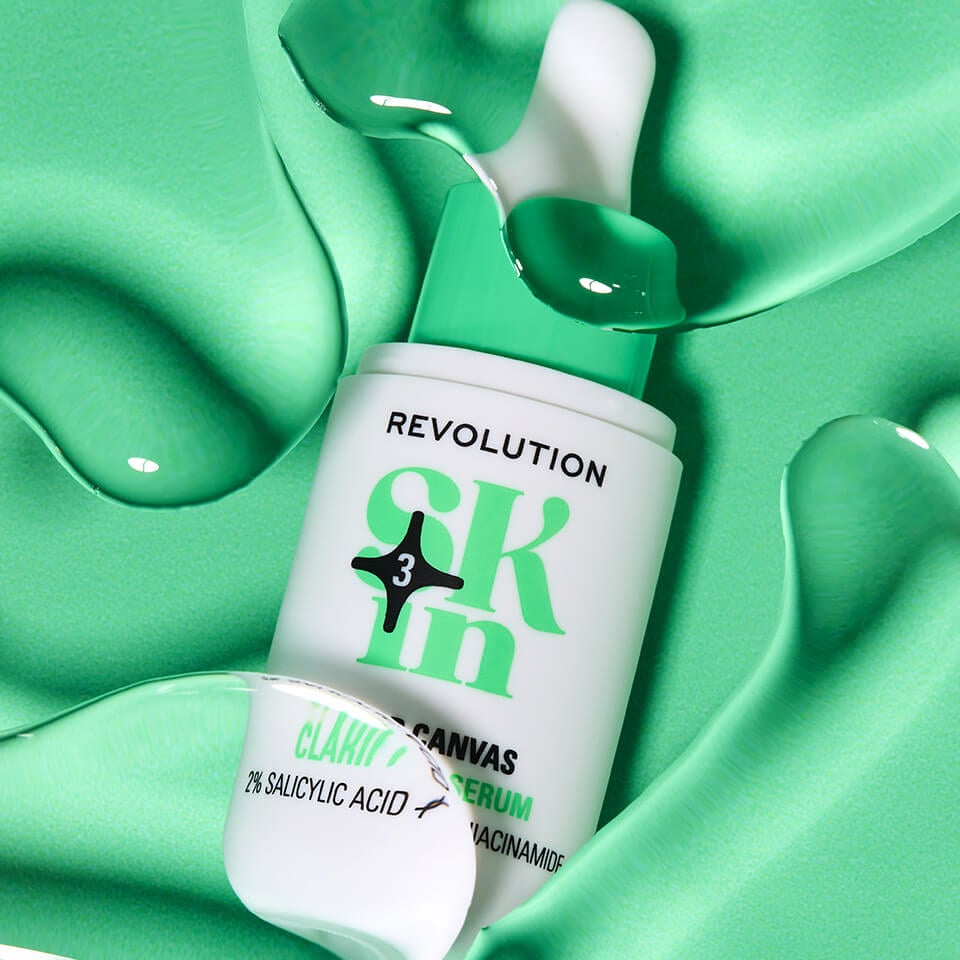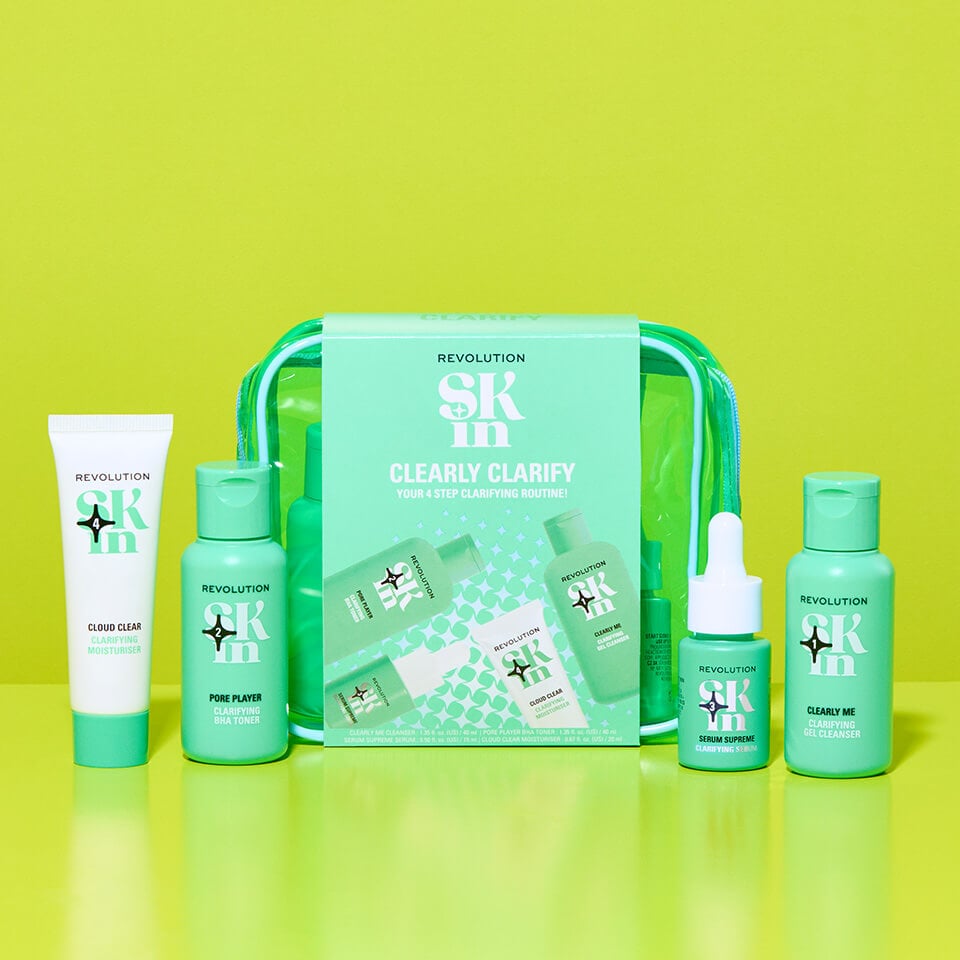If you have oily, blemish-prone skin, Salicylic Acid is about to become your new best friend. This skincare powerhouse is one of the most effective ingredients for tackling spots, blackheads, and congestion—but it can do so much more.
To break it all down, we’ve enlisted our resident cosmetic scientist and formulation expert to give you the lowdown on salicylic acid, from how it works to the best ways to use it in your routine.

What Is Salicylic Acid?
"Salicylic acid is a beta-hydroxy acid (BHA) that has an exfoliating effect on the skin," explains our cosmetic scientist.
Unlike AHAs (like glycolic acid), salicylic acid is oil-soluble, meaning it can penetrate deeper into your pores to remove sebum and dirt build-up. This makes it an absolute must-have for decongesting skin, controlling oiliness, and reducing the appearance of blackheads and pimples.
What Does Salicylic Acid Do for Your Skin?
Here’s why it’s a staple in blemish-fighting skincare:
- Exfoliates: Breaks down the upper layers of the skin, removing dead skin cells to reveal smoother, brighter skin.
- Clears Pores: Penetrates deep into pores to remove dirt, oil, and debris, preventing spots and blackheads.
- Reduces Oiliness: Helps to balance sebum production, making it ideal for oily or combination skin.
- Soothes Redness: Works to calm inflammation often associated with acne and blemishes.
- Smooths Skin Texture: Over time, it improves rough patches and minimises the appearance of pores.
As our cosmetic scientist puts it, “Over time, skin will be left feeling less congested, more balanced, and smoother.”

Is Salicylic Acid Good for Acne and Blackheads?
Yes! Salicylic acid is particularly effective for acne and blackheads because it targets their root cause—clogged pores. By breaking down oil and dead skin cells, it helps to clear existing breakouts and prevent new ones from forming.
Can You Use Salicylic Acid During Pregnancy?
While salicylic acid is generally safe in low concentrations (1-2%) during pregnancy, it’s always best to check with your healthcare provider before introducing any active ingredients into your routine. For spot treatments, consider alternatives like azelaic acid, which is pregnancy-safe and offers similar benefits.
Does Salicylic Acid Cause Purging?
Yes, it can—but that’s actually a good thing! Purging happens when active ingredients like salicylic acid speed up your skin’s renewal process, bringing clogged pores to the surface. While it might look like your skin is getting worse, this phase is temporary and typically clears up within 4-6 weeks. Stick with it!

How to Use Salicylic Acid in Your Skincare Routine
Expert Tip: "Salicylic acid, like any acid, should be introduced slowly into your routine," advises our cosmetic scientist.
- Start Low: Begin with a lower concentration (like a 1% serum) 1-2 times a week.
- Build Up Gradually: If your skin tolerates it well, increase to a 2% concentration and use more frequently.
- Always Use SPF: Helps to balance sebum production, making it ideal for oily or combination skin.
- Pair WiselyLayer salicylic acid after cleansing and before hydrating serums or moisturisers.

What Can and Can’t You Mix with Salicylic Acid?
Works Well with Salicylic Acid:
- Niacinamide: A calming ingredient that soothes redness and strengthens your skin barrier—perfect for balancing salicylic acid’s exfoliating power.
- Hyaluronic Acid: Replenishes hydration to prevent dryness or tightness.
What to Avoid Mixing with Salicylic Acid:
- Retinol: Both are potent, and using them together can lead to irritation. Alternate between salicylic acid and retinol on different nights.
- Glycolic Acid: Combining these acids can overwhelm your skin. Stick to one exfoliant at a time.
- Benzoyl Peroxide: Too much of a good thing—layering these can cause dryness and irritation.
Expert Tip: If you’re unsure, patch test any new combinations to see how your skin reacts.

How Long Does Salicylic Acid Take to Work?
You’ll likely notice an improvement in texture and oiliness within a week or two. For more significant results, like reducing blackheads or acne scars, give it 4-6 weeks of consistent use. Why not try our Salicylic acid routine - Clearly Clarify Skincare routine? Always check if this is the right routine for you using our skin quiz
Why Salicylic Acid Deserves a Spot in Your Routine
"Salicylic acid is suitable for all skin types, but it’s particularly useful for oilier or blemish-prone skin," says our cosmetic scientist. Whether you’re tackling blackheads, breakouts, or rough skin texture, this ingredient is a total game-changer.
Pair it with hydrating and soothing ingredients to keep your skin balanced, and always follow up with SPF for the best results.

SHOP ALL SALICYLIC ACID PRODUCTS







